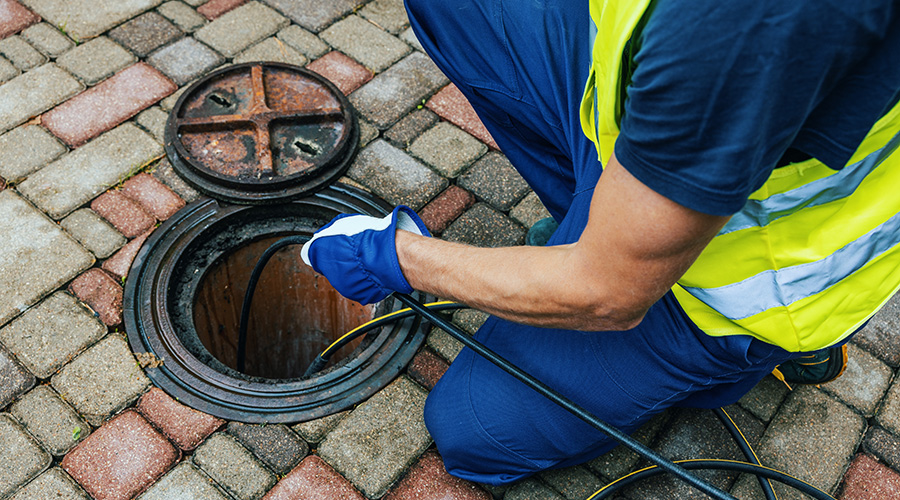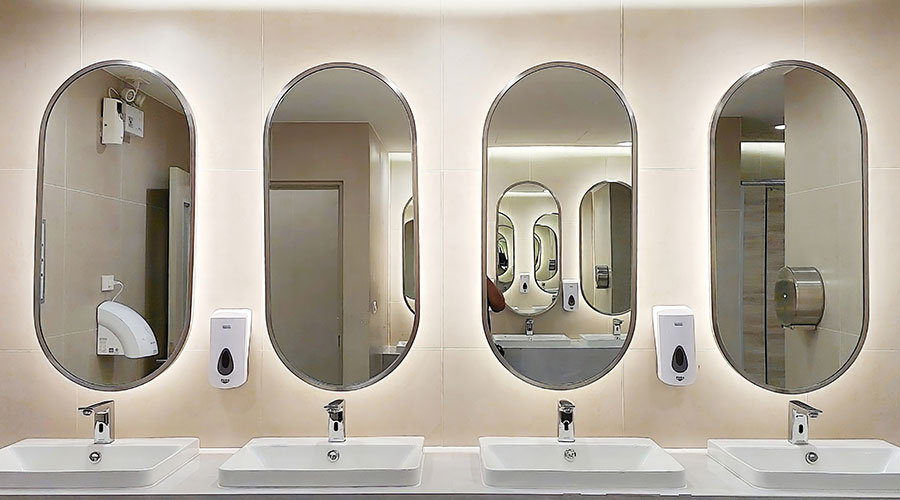Plumbing Fixtures: Maintenance Factors Into Product Specification
Replacing fixtures is not the only way organizations can reduce water use. Proper maintenance also can ensure fixtures operate at peak efficiency, reducing the risk of leaks or other problems that waste water.
"We're looking for high-performance, low-maintenance items," says John Ready, manager of facilities with Sarasota Memorial Hospital. "We don't have the workforce we used to have. Things have to be simple to work on because you're not always going to have a plumber. We try to pick products where any of our guys should be able to work on them."
The hospital shuts down two or three patient floors every year to tackle routine tasks, including preventive maintenance on every faucet, valve and handle in each restroom of a particular floor. During these shutdowns, workers also replace faucets and parts, whether they need it or not, similar to group relamping for lighting systems.
Common items technicians replace include diaphragms in flushometers, O-rings, and vacuum breakers, Ready says. The hospital spends about $1,400 per week for plumbing-fixture parts — $5,600 per month — so maintaining these fixtures is a focus for the department, Bugyis says.
"It's been a long road for at least 10 years," Bugyis says of the hospital's water-conservation efforts.
Improper maintenance also can hamper a fixture's performance. Chukchansi Gold Resort and Casino, a 500,000-square-foot casino and resort facility in Coarsegold, Calif., features sensor-operated faucets and low-flow urinals and toilets in its public restrooms.
"When we first started out, we had all these new faucets, and (workers) would go in and clean them with abrasive cleaners," says John Christoffersen, Chukchansi's engineering project manager. "The way the sensors were set up on some of these faucets, (the abrasive cleaners) would scratch the plastic lens. When that happens, it wouldn't work."
Chukchansi replaced those cleaners with a non-abrasive alternative, and the performance issues have been resolved.
Whether managers take on a plumbing-system audit or engineer a large-scale fixture retrofit, a renewed focus on water conservation has taken hold in commercial and institutional facilities. Fixture technology has evolved, so managers are focusing on specifying the most appropriate products for a particular application. But they also work to ensure technicians maintain the fixtures properly to maximize performance and the potential to conserve water.
Says Duclos, "The major step is doing the inventory and learning exactly what you have out there. A campus that's our size, it's real difficult to make any kind of decision without knowing the quantities and what types (of fixtures) are out there. Then you get a better grasp of the scope of this project you're about to undertake. A good initial study is really the key to this whole thing."
Related Topics:















